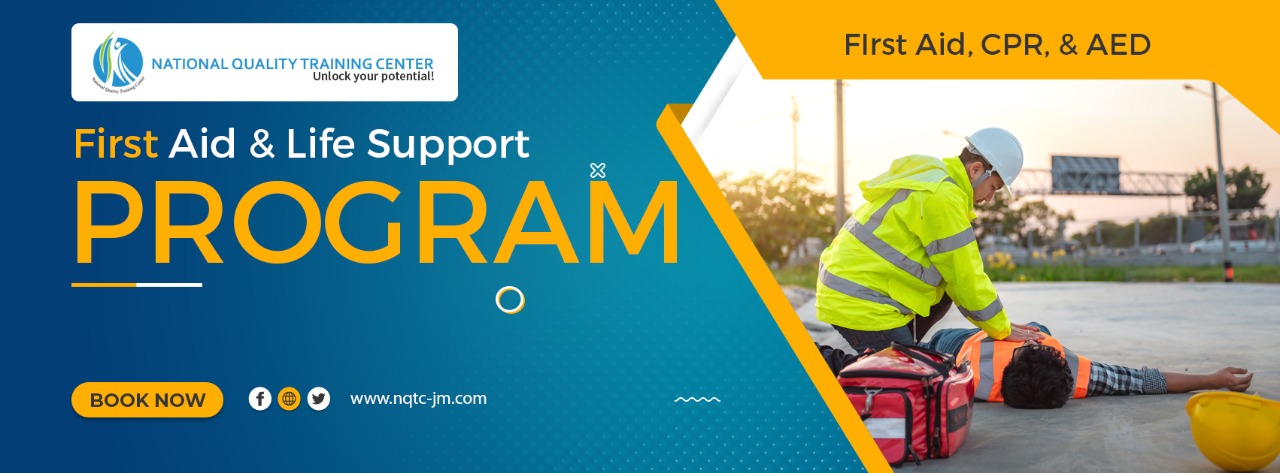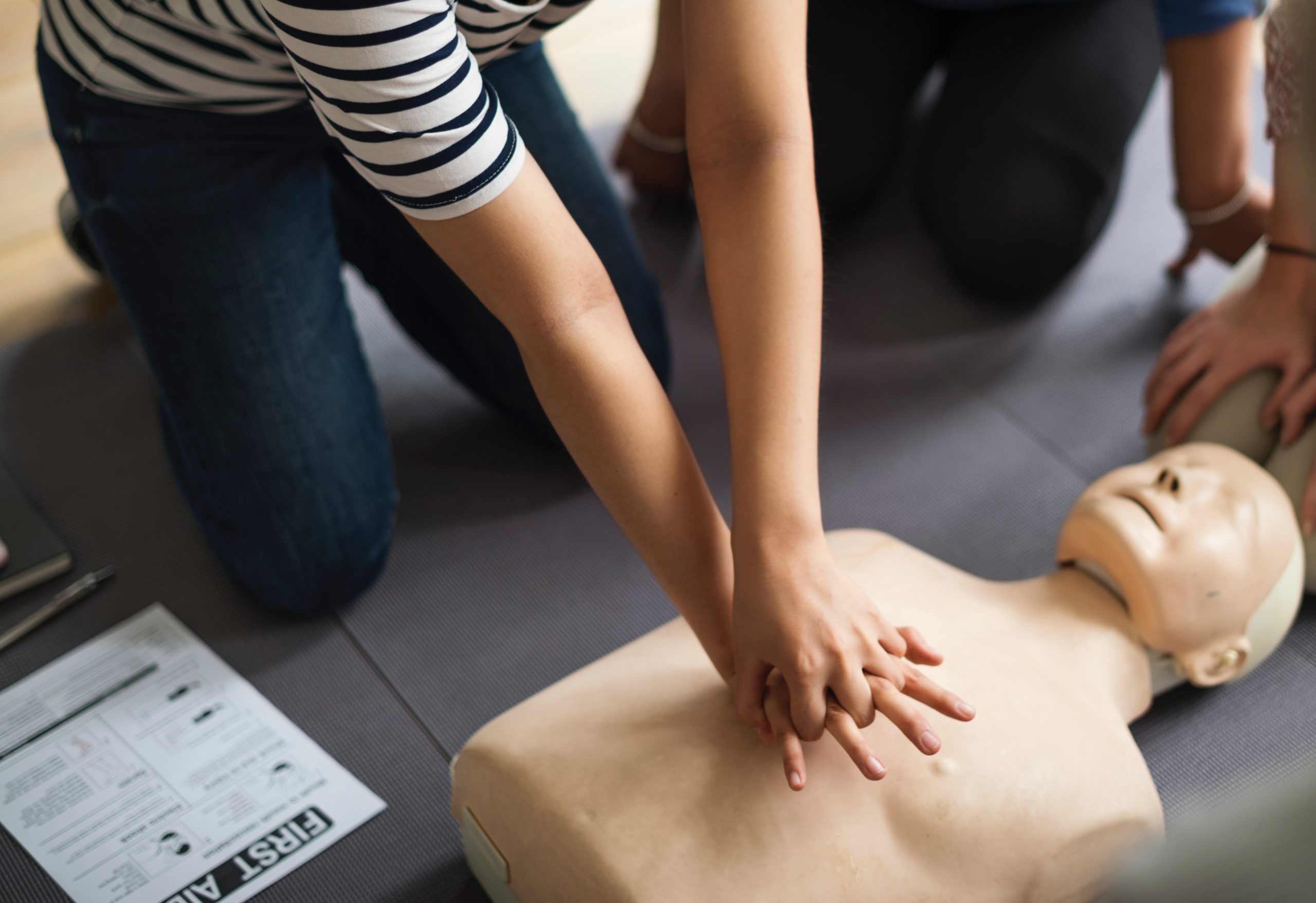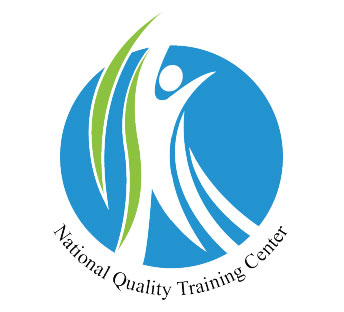
First Aid Training
Call +971 50 762 4405 Now & Get 400 AED OFF. Offer valid Only For Today
First aid is emergency care given to an injured person, with care gave to save life. At any moment, you or somebody around you or in workplace could experience an injury or sickness. Utilizing basic first aid, you might have the option to stop a minor injury from getting worse. In the case of a serious medical crisis, you may even save a life. That is the reason it’s so important to learn basic first aid skills. At the point when you give basic medical care to somebody experiencing a sudden injury or illness, it’s known as first aid. At times, first aid consists of the initial support gave to someone in the middle of a medical emergency. This support may assist them survive until professional help arrives. In different cases, first aid consists of the care gave to someone with a minor injury. For instance, first aid is often all that’s needed to treat minor cuts, burns, and insect stings.
First & BLS Training With ASHI & HABC Certifications
At any moment, you or somebody around you or in workplace could experience an injury or sickness. Utilizing basic first aid, you might have the option to stop a minor injury from getting worse. In the case of a serious medical crisis, you may even save a life. That is the reason it’s so important to learn basic first aid skills. At the point when you give basic medical care to somebody experiencing a sudden injury or illness, it’s known as first aid. At times, first aid consists of the initial support gave to someone in the middle of a medical emergency. This support may assist them survive until professional help arrives. In different cases, first aid consists of the care gave to someone with a minor injury. For instance, first aid is often all that’s needed to treat minor cuts, burns, and insect stings.
What is First Aid Training?
In case of a medical emergency, first aid is the initial assistance given to an individual while waiting for the medical experts to arrive. In the worst of cases, first aid can be the difference among life and death. According to National Ambulance, in 2016 they reacted to almost 5,000 calls every day from citizens in the UAE in need of medical assistance. Their normal response time was just under 9 minutes. Add to that the amount of time it would take to people individuals in need of medical assistance to the hospital, and the initial response gave by people trained in first aid proved very beneficial.
The first step in any emergency is the recognition of the problem and issue and giving assistance. When in doubt or when someone is seriously injured or ill, you should consistently activate the emergency response system by calling. In case you don't know how serious the situation is, the operator will ask you a series of inquiries to determine the seriousness of it.
Remain on the line until extra assistance arrives, or until the emergency response system operator tells you to hang up. Crisis system dispatchers can control you through the means of performing CPR, utilizing an automatic external defibrillator (AED), or delivering essential care until additional assistance arrives.
Whether you are at work, home, or school, know where the first aid kit and the AED are kept and be familiar with their contents. Know how to activate the emergency response system (by calling 911 if in the United States). Know about of any policies in the workplace regarding medical emergencies.
Highfield Level 2 International Award in Basic Life Support and the safe use of an Automated External Defibrillator
Highfield Level 2 International Award in Emergency First Aid at work
Highfield Level 2 International Award in Emergency First Aid ,Defibrillation and CPR
Highfield Level 2 International Award in Paediatric First Aid
Highfield Level 2 International Award in Paediatric First Aid and the safe use of an Automated External Defibrillator
Basic First Aid
CPR,AED & Basic First Aid
Pediatric CPR,AED & First Aid
Basic Life Support
After determining the issue, the next step in giving assistance is to determine the unresponsiveness of the injured or ill person. The best way to decide this is to tap the person and talk loudly to them: “Are you okay?” After determining unresponsiveness, yell for help. Search for any medical identifications, such as a necklace or a bracelet. This may give a valuable clue to the cause of the situation. One set of goals to remember for first aid would be what we like to call the “Three P’s.”
THE THREE P’S
Preserve life – your primary objective should be to keep the person alive.
Prevent further injury – keep the individual person safe and from becoming injured any more. It is always suggested that you don't move them until help arrives.
Promote recovery – try to help fix their wounds as best as you can.
NQTC Basic First Aid Training
At NQTC, our basic first aid course familiarizes individual with the roles and obligations of the first aid responder. Basic first aid course covers a range of fundamental but vital skills, to include:
- How to stay calm and to think before managing any first aid treatments.
- How to check if the area is protected.
- How to talk to the individual they are helping.
- How to get ahold of emergency services.
- How to apply pressure to a wound.
- How to describe someone’s condition.
- How to administer CPR.
- How to treat a scrape, cut or burn.
- What to try to to just in case of an allergy

How To Administer CPR & AED
On the off chance that you find a casualty who has collapsed and has stopped (or has irregular) breathing you should manage CPR. Basic CRP and AED is part of the course content substance of almost all of our First Aid Courses. The Emergency First Aid, First Aid at Work & First Aid Requalification will all teach you how to protect life through CPR on a casualty. The Paediatric First Aid course will explicitly go over how to conduct CPR on a infant or child (this is also briefly covered in the above courses). We additionally give a course specifically on how to use the AED defibrillator. A casualty may become unresponsive in an assortment of ways such as from cardiac arrest, a seizure or from shock, to name a few. In this way, CPR is an important life-saving skill to have
Treating Heavy or Catastrophic Bleeding
In the event that somebody is bleeding heavily you must act on this before they lose a fatal amount of blood. At First Aid Work, First Aid Requalification and Emergency First Aid courses will all teach you how to react to this. You will learn all about how to successfully apply pressure to a wound and what can be used to slow the bleeding.
How To Save Someone Who Is Choking
The above first aid courses won't simply show you how to save somebody who is choking but recognize the signs in the first place so that you can act rapidly. First aid training can teach you life-saving skills, for example, the Heimlich manoeuvere (or abdominal thrusts) and how to correctly apply a back blow.
Treating a Burn
By treating a burn effectively you can save yourself or someone else from further pain or scarring. Emergency First Aid & First Aid at Work will teach you how to manage minor and more serious burns. Although the Paediatric First Aid course covers how to treat burns on infants and children; no matter how serious you should look for medical attention.

Treating Mental Health Issues
Mental health issues can be similarly dangerous to a person than physical ill-health. By becoming a mental wellness first aider you will gain capacities that could be potentially life-saving. The Mental Health First Aid course will teach you how to make sure about the individuals who are at damage to themselves and guide them to the relevant support.
Why First Aid Training?
- Preserve Life
- Prevent illness or injury from becoming worse
- relieve pain if possible
- Promote recovery
- protect the unconscious
Safety Solution To Be Taken
Each working has a legal responsibility for guaranteeing adequate first aid provisions. In the event that you are a person leading a business or undertaking (PCBU), you should guarantee your workplace provides workers and anyone else attending your workplace with access to appropriate first aid equipment. Additionally, you must possess an adequate number of people who are trained to administer first aid. Based on a few factors, the exact configuration of first aid equipment and the number of trained first aiders will differ. These factors include the size of your workforce, the location and the risks associated with the nature of the work done there. Compiling a risk assessment is important as it will help determine your first aid requirements. This ought to include consultation with your workers to take their views into account.
Trained First Aiders
Having qualified first aiders in your working environment is vital. In order to be recognised as a first aider, the person needs to complete either a nationally accredited training course, or an equivalent training course that has given them the capabilities required to administer first aid. It is recommended to have one first aider for each 25 workers in a high-risk working environment and one first aider for every 50 specialists in a low-risk workplace. For more information regarding this, refer to page 13 of the PDF icon First aid in the workplace - Code of Practice. However, if the workplace is shared with other businesses or is one of several tenants in a large building such as a shopping centre, there are other routes to follow. For example; instead of training your own workers, you may be able to consult with other business operators and building management to ensure that your workers have access to first aiders.

First aid kits
With first aid kits, it is imperative that all workers have access to at least one in the workplace. Included in the first aid kit should be sufficient basic equipment for administering first aid for injuries. In order to know what contents are actually needed inside the first aid kit, a risk assessment of the workplace will be required. For more information refer to page 9 of the PDF icon First aid in the workplace - Code of Practice. First aid kits can be any size or shape however, provided they are large enough to contain all of the necessary items. Though, they must be identifiable with a white cross on a green background and be made of a material that will protect the contents from dust, moisture and contamination. Generally speaking, a first aider or a person within the workplace should be nominated to maintain the first aid kit
Other first aid equipment and facilities
In addition to first aid kits, it is important to consider if any other first aid equipment is necessary to treat injuries and illness that could occur in the workplace. This may include: permanent or portable eyewash and shower equipment an automated defibrillator where there is a risk of electrocution or large numbers of members of the public are regularly in or around the workplace Moreover, a first aid room is recommended for high-risk workplaces of more than 100 workers and low-risk workplaces of more than 200 workers. Also, a risk assessment may find it necessary to provide a dedicated first aid treatment area in a smaller workplace.
